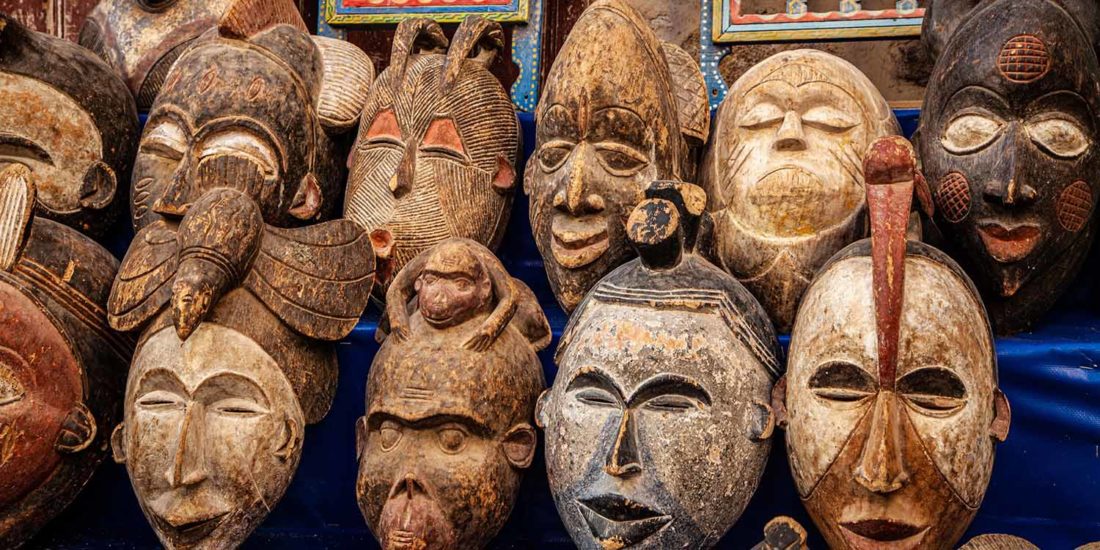The world’s major museums have a large number of objects from various parts of the globe in their collections.
To begin with, these collections were built up by monarchs who wanted to possess artistic marvels or works of art evidencing ancient civilisations, but the French revolutionaries instead decided to exhibit these objects in order to educate the general public.
From the beginning of the nineteenth century, the great powers made it their mission to enrich their national collections: Napoleon brought his spoils to the Louvre, while the British took the Parthenon marbles and the Rosetta Stone back to London’s British Museum. Other colonial powers did the same, from parts of Asia, Africa and Latin America.
For some years now, the question of the restitution of objects to their countries of origin has been raised. However, any restitution project raises a number of questions, including:
What, why, and to whom should objects be returned?
What criteria should be used in making these decisions?
Their quality, character, social or political value, or their market value?
How do we find the documentation concerning the objects to be “returned"?
How can we be sure that these returned objects will be properly treated?
The presentation will be illustrated by a number of examples, with a particular focus on Africa.
Read presenter biographies
